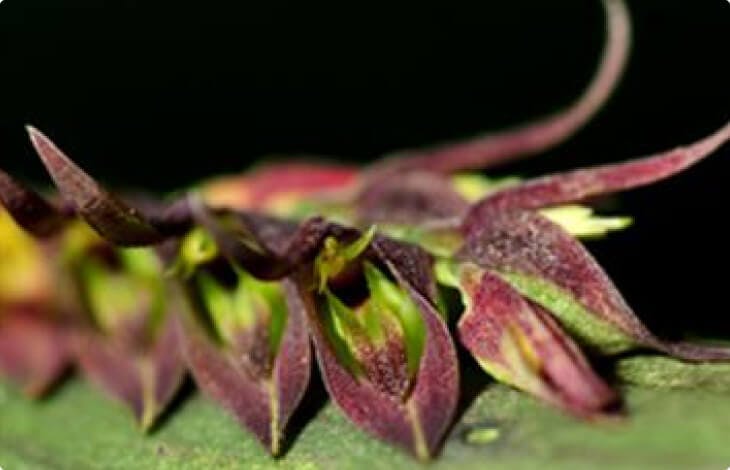The task force consists of a small group of dedicated volunteers and staff, under the supervision of the Judging Committee, with access to significant reference materials and taxonomic keys. Under most circumstances, a determination can be made using documented references but the SITF also relies on input from respected taxonomic authorities world wide including, but not limited to, Central and South American experts Eric Hágsater, Franco Pupulin and coworkers, Adam Karremans, Mario Blanco, German Carnivali and Francisco Miranda; Henrik Pederson, an expert in European terrestrials and the flora of Thailand, Jim Cootes from the Philippines, J.J. Vermulen specializing in Bulbophyllinae and the orchids of the Malaya Archipelago, Peter Adams and Phil Spence, Johan Hermans, Phil Cribb, Henry Oakeley and Mark Chase.
Should you have any comments or questions about submissions, please send them to awardid@aos.org














